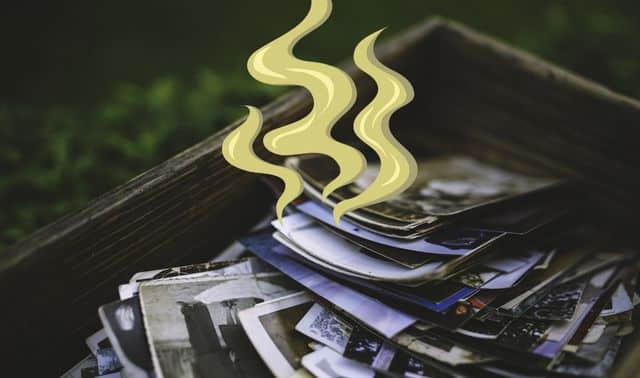Sign up for the Family Tree Newsletter! Plus, you’ll receive our 10 Essential Genealogy Research Forms PDF as a special thank you.
Get Your Free Genealogy Forms
"*" indicates required fields
Q. Were some personal photographs printed with a postcardlike back? I have a collection of black-and-white postcards from the early 20th century that I think may be unlabeled photographs taken by a relative.
A. Photos printed on thick paper with postcard backs appeared in the early 1900s. Perhaps a relative did take the pictures in your collection. In the early 20th century, George Eastman cameras came preloaded with 100 exposures. Owners could order prints on plain photo paper or photo postcards. One advantage of using a picture postcard was the ability to send a photo and message without spending extra money for envelopes and postage.
To determine if your postcard is a true photograph and not just an image created by a printing process, study the picture with a magnifying glass or a photographer’s loupe. Tiny dots on the surface indicate the use of a photoengraving process. A solid surface tells you it’s a photograph.
Playle’s Online Auctions has a guide to dating photo postcards. Its chart lets you estimate a photo postcard’s production date based on the paper manufacturer’s mark found on the back. Postage markings or stamps, as well as names and addresses that appear on the image, can help you date photo postcards, too. And don’t forget clues such as the photographer’s imprint and the subjects’ clothing.
For in-depth help identifying and dating old family photographs, see photo historian Maureen A. Taylor’s Uncovering Your Ancestry Through Family Photographs.

From the December 2003 issue of Family Tree Magazine.




